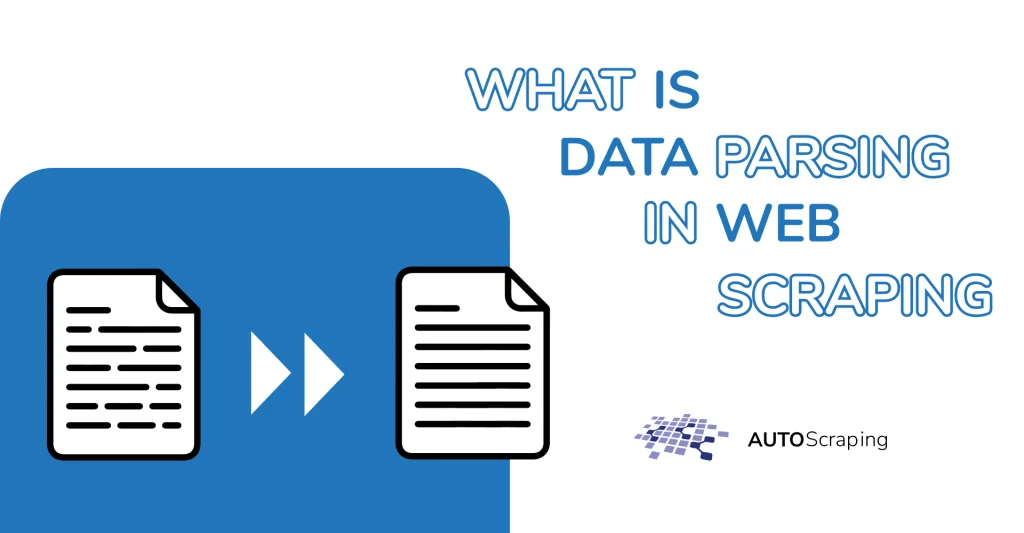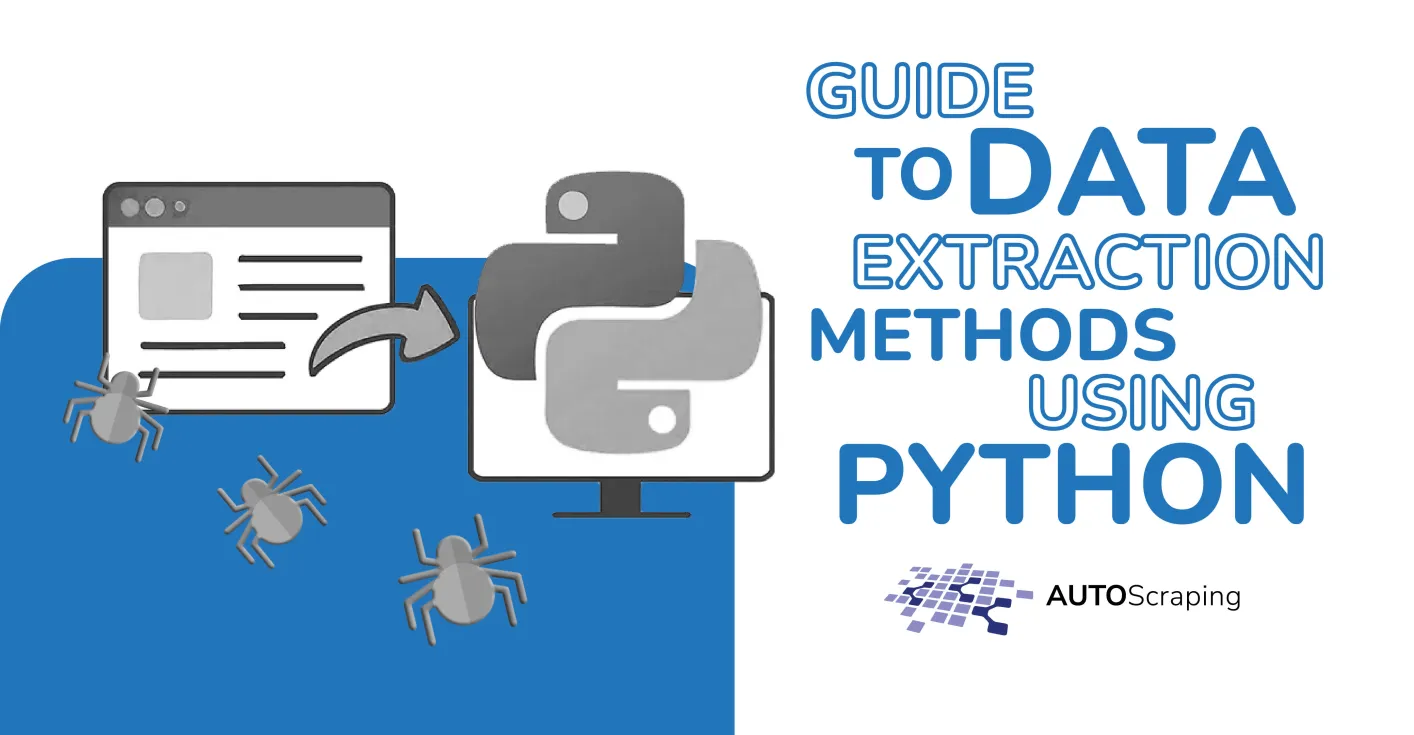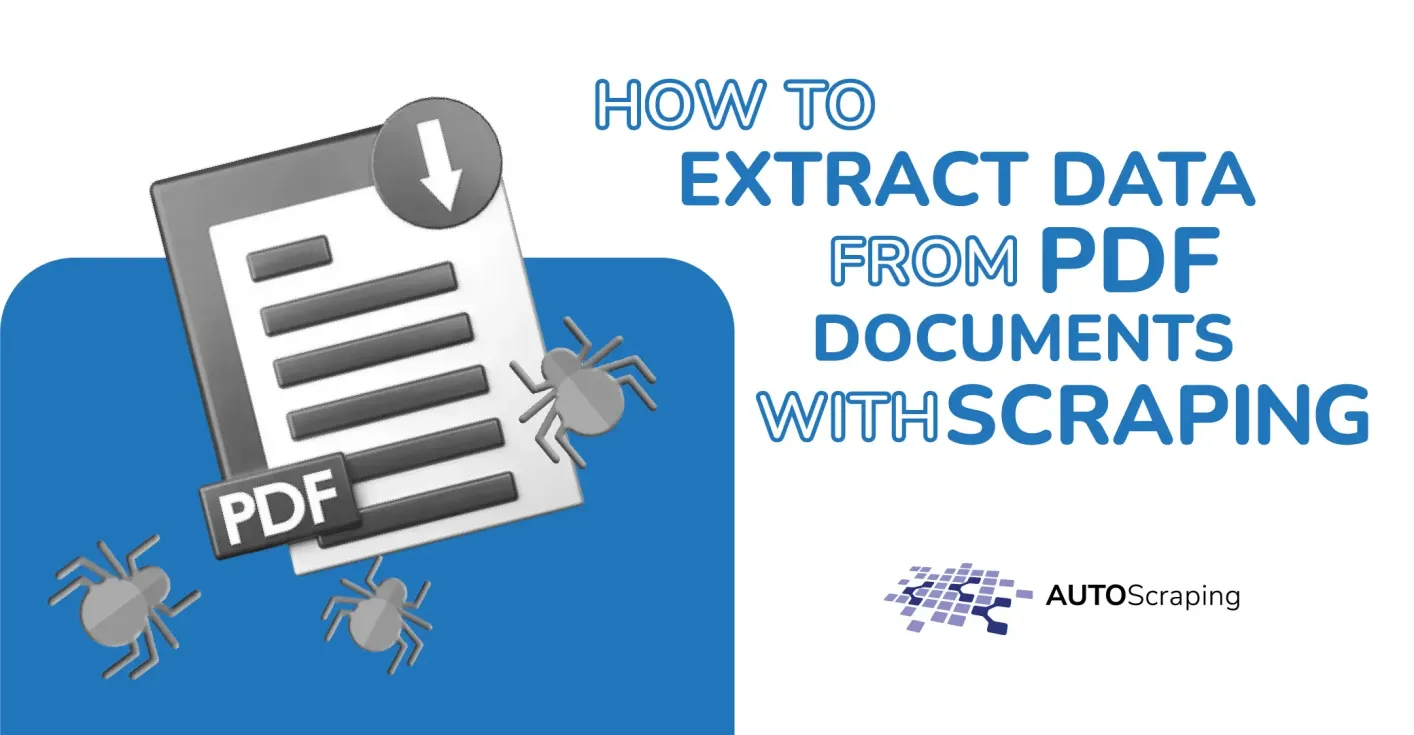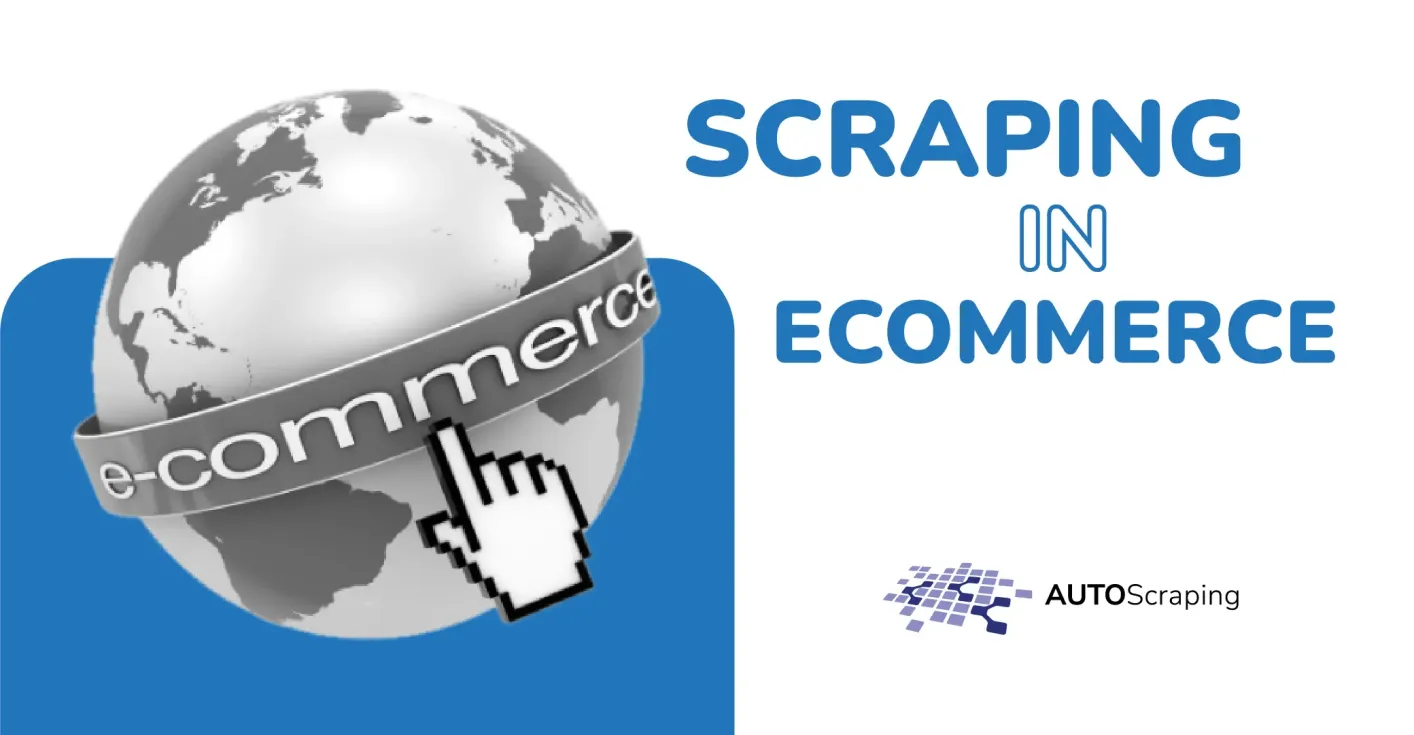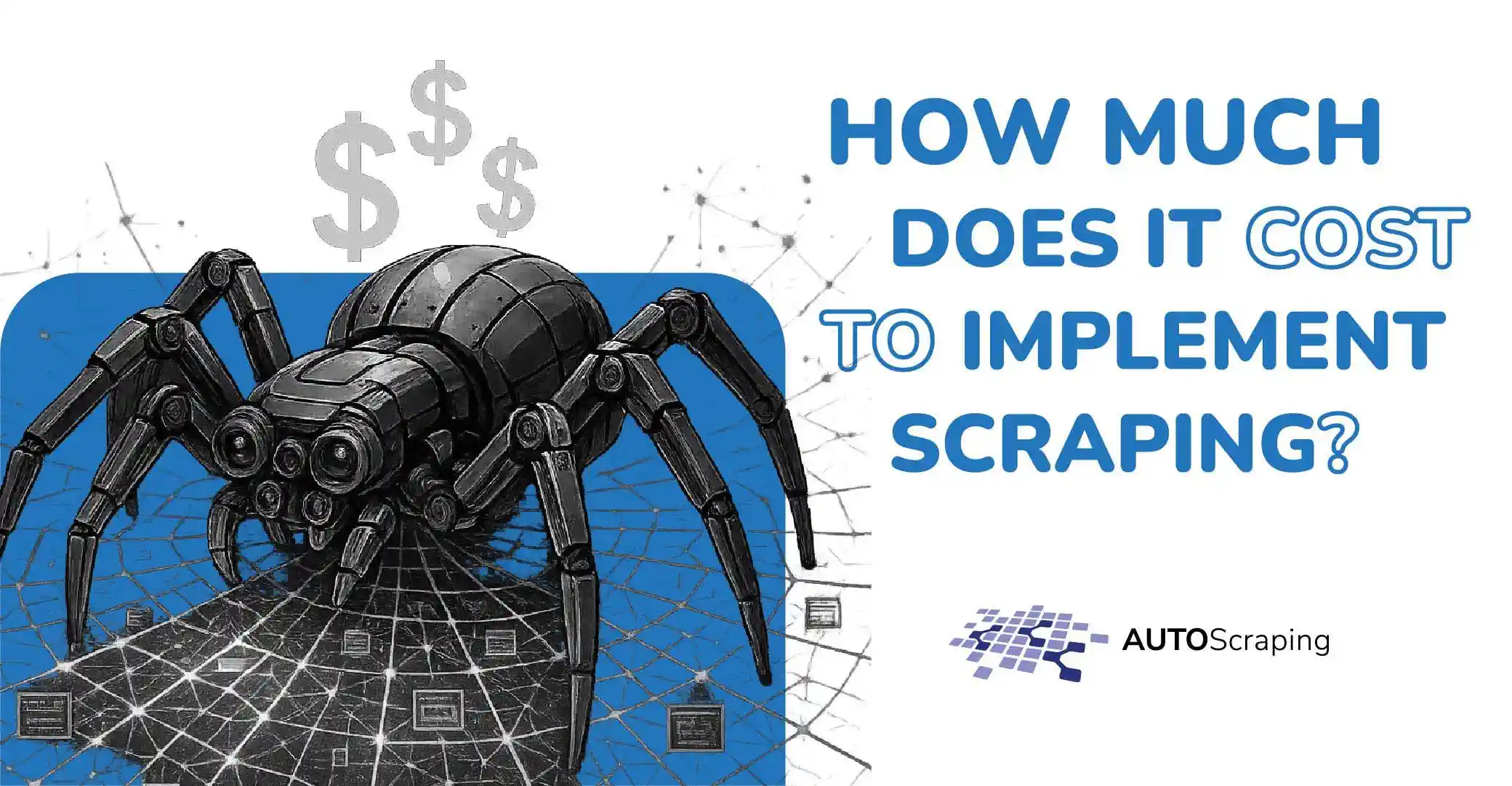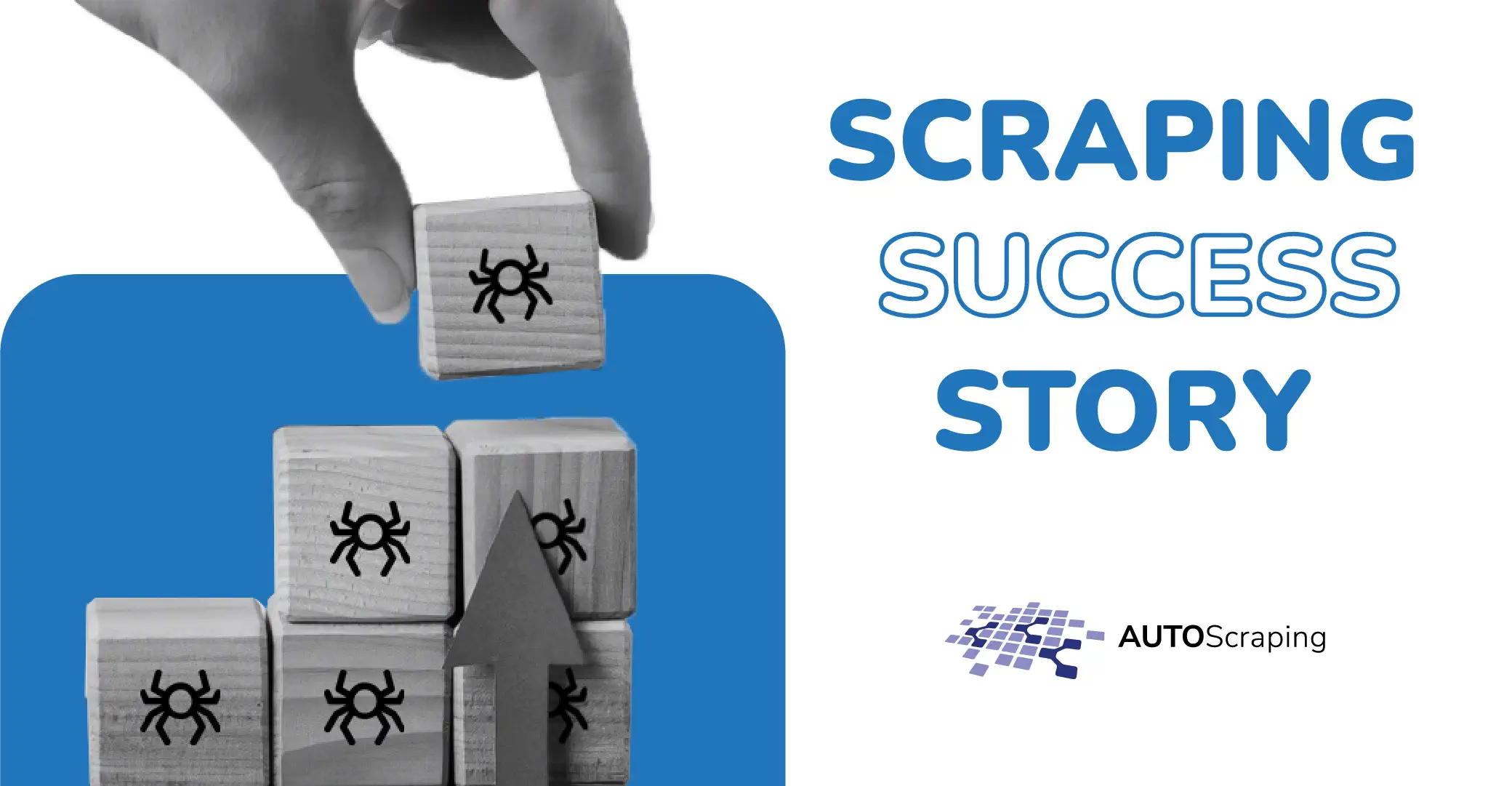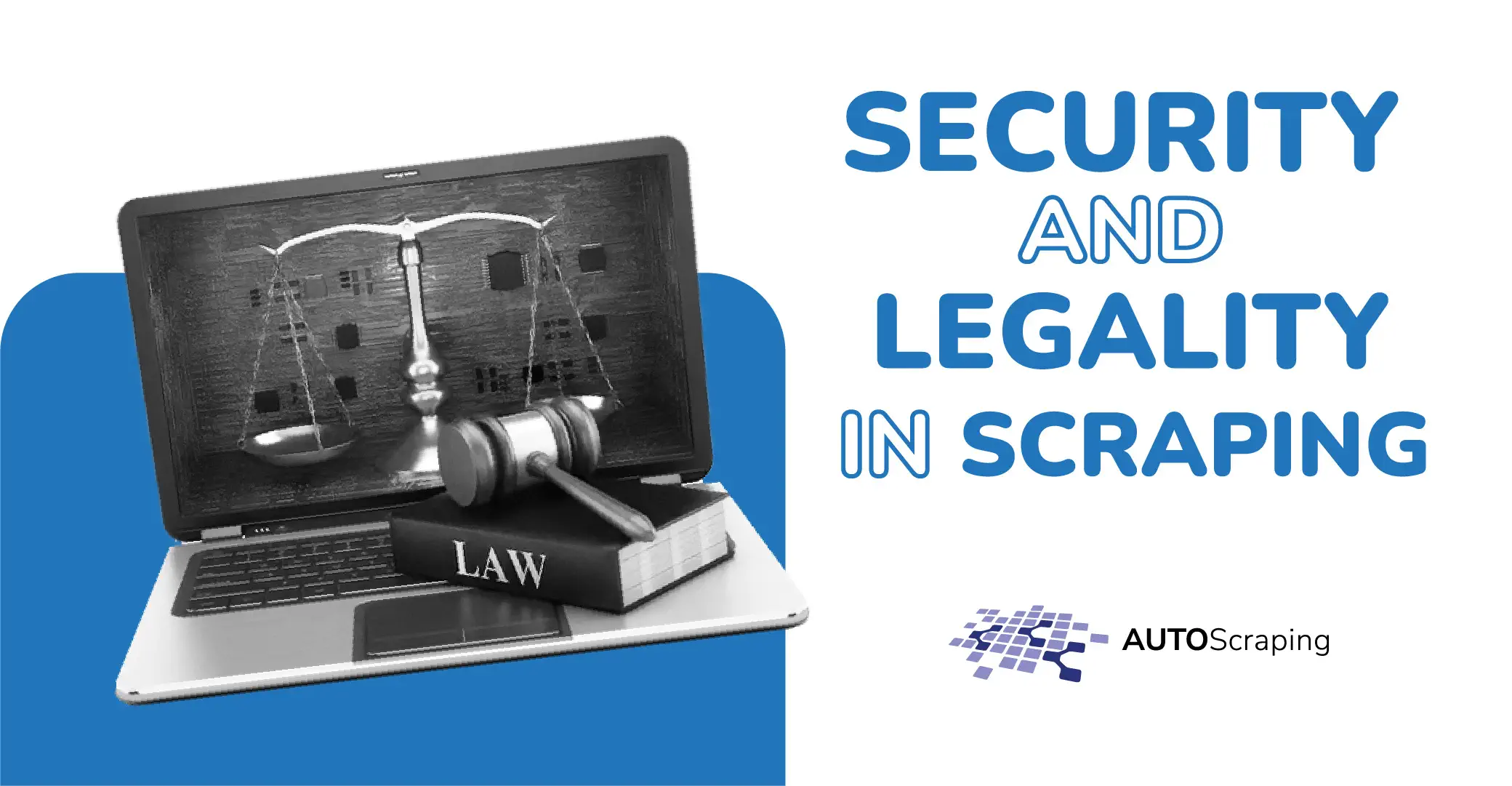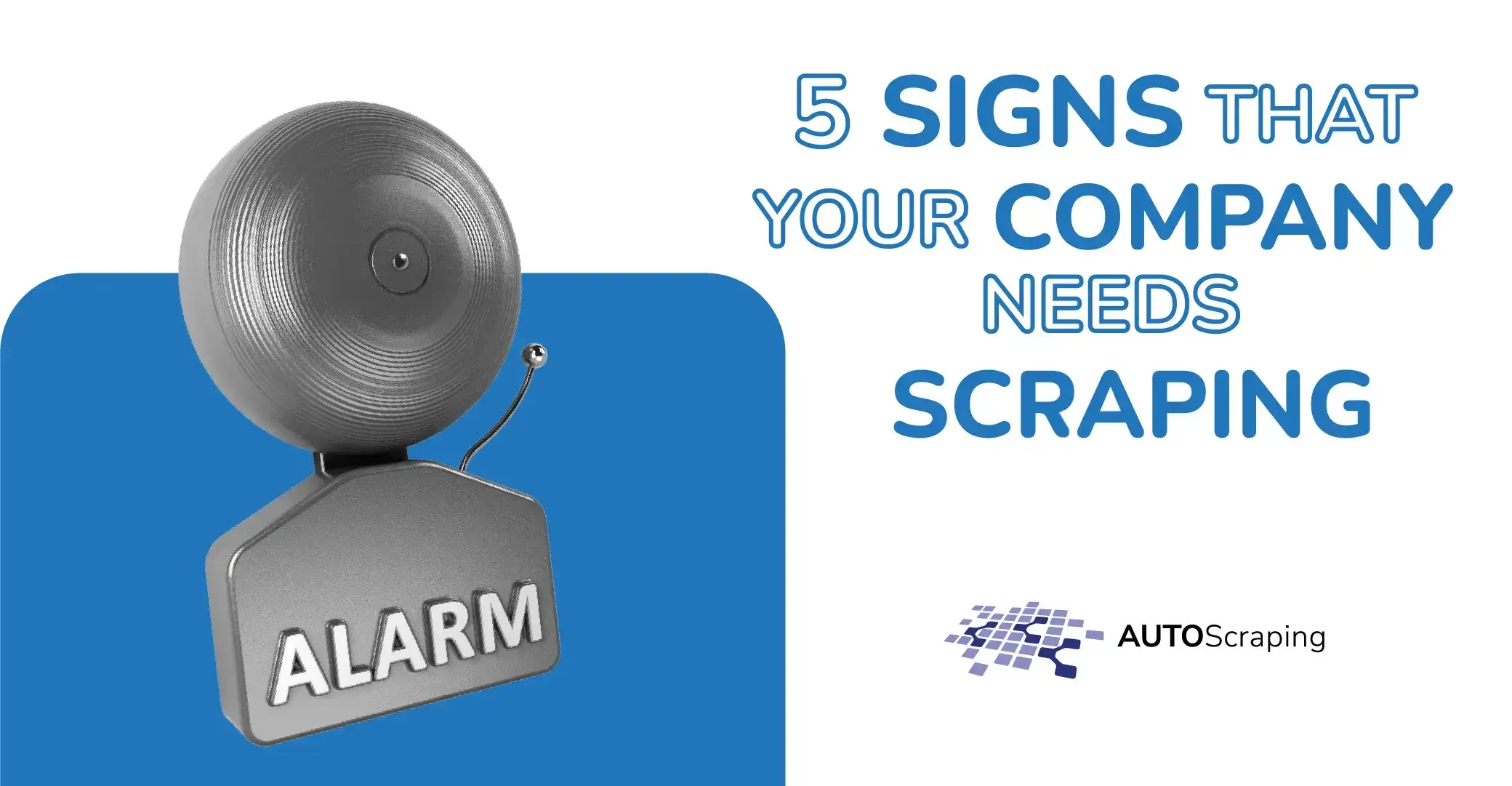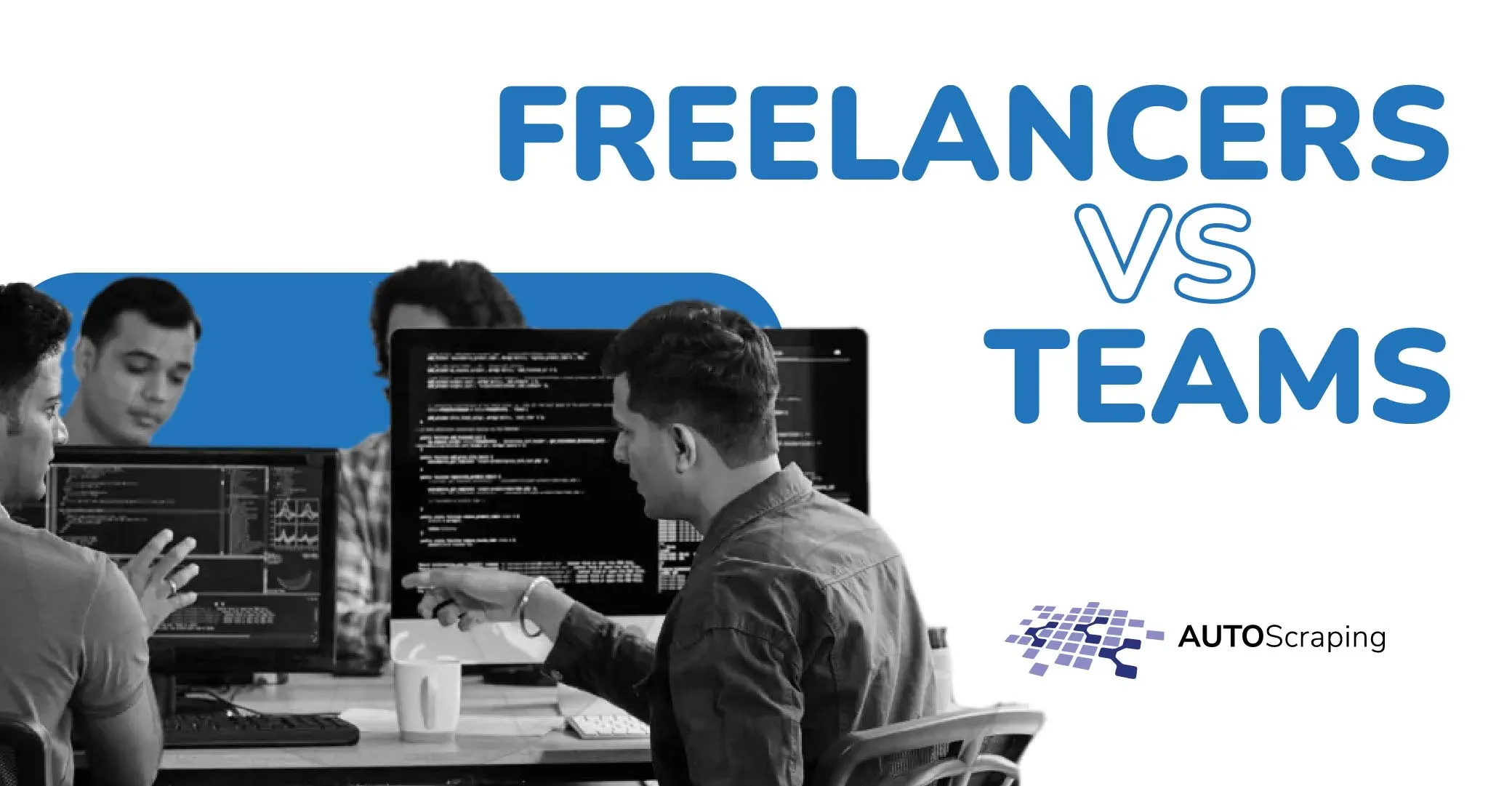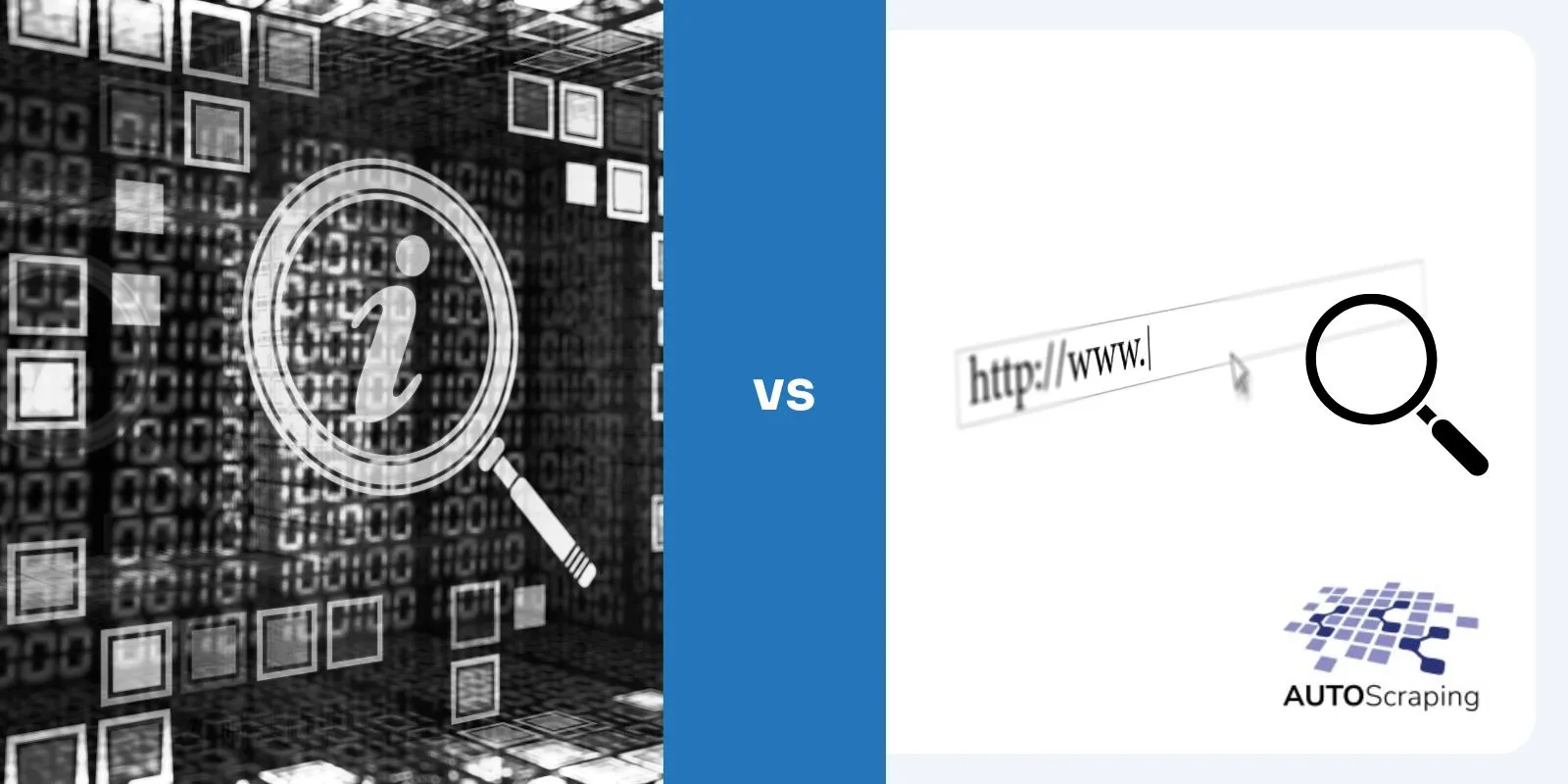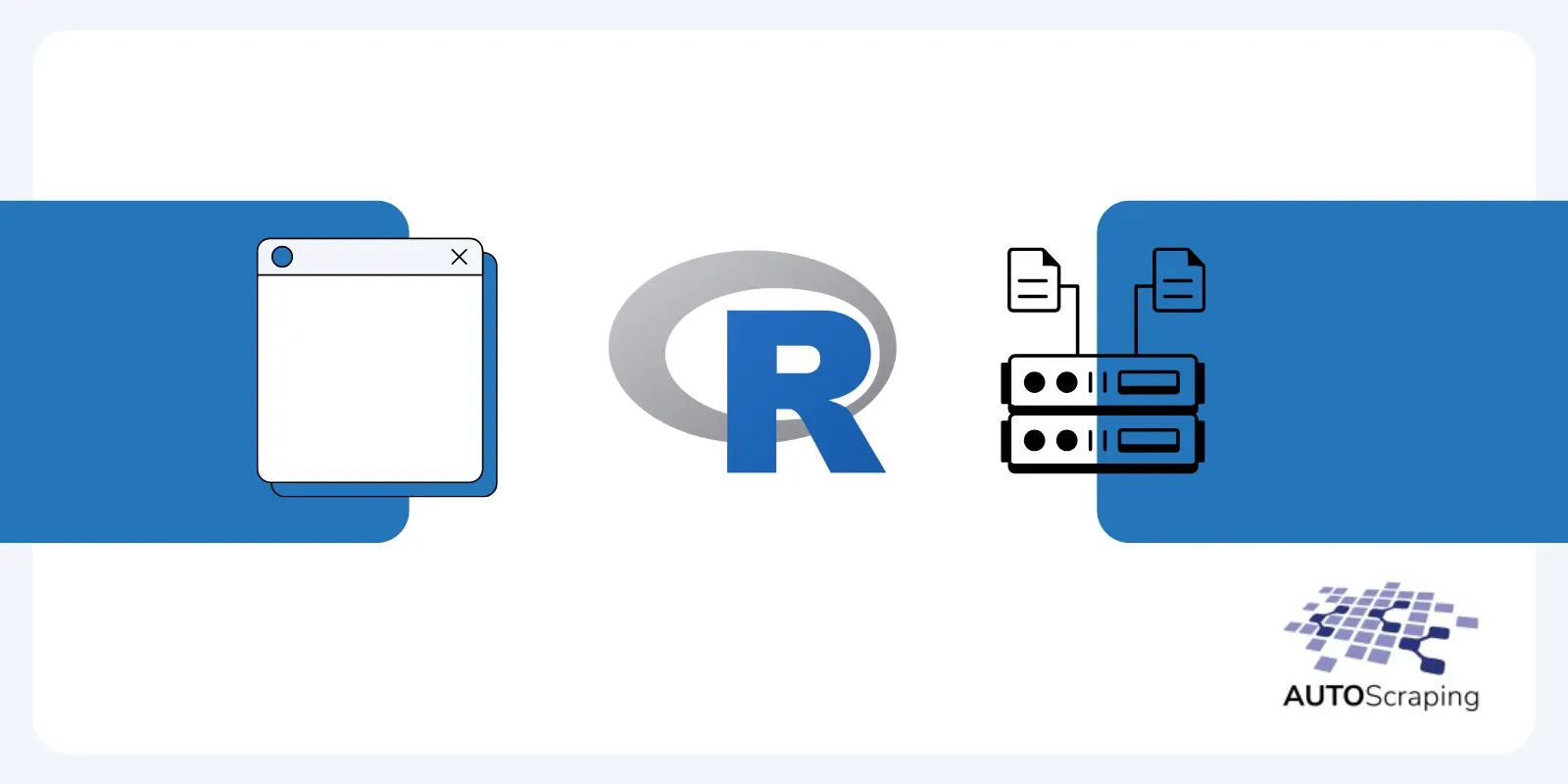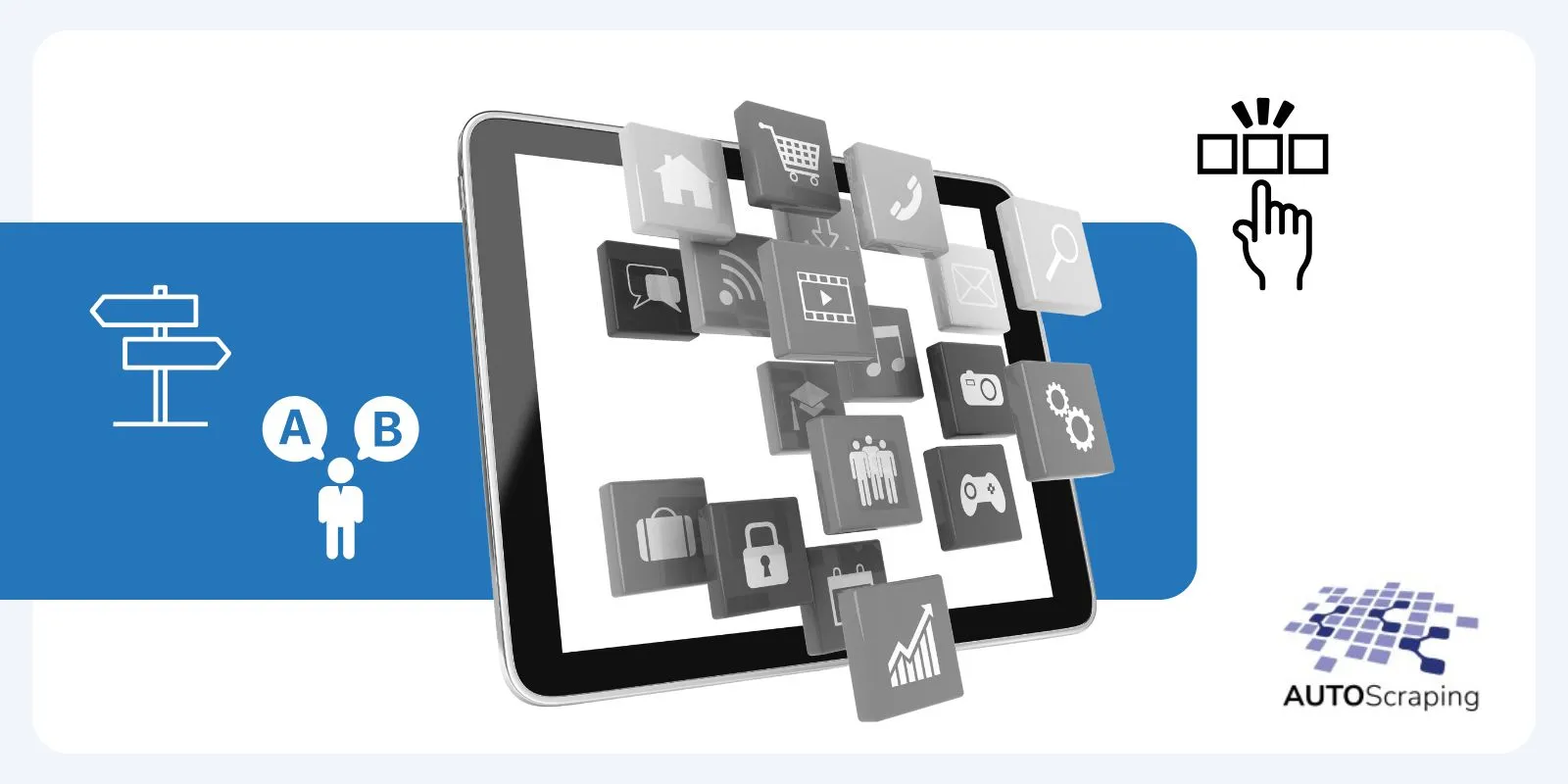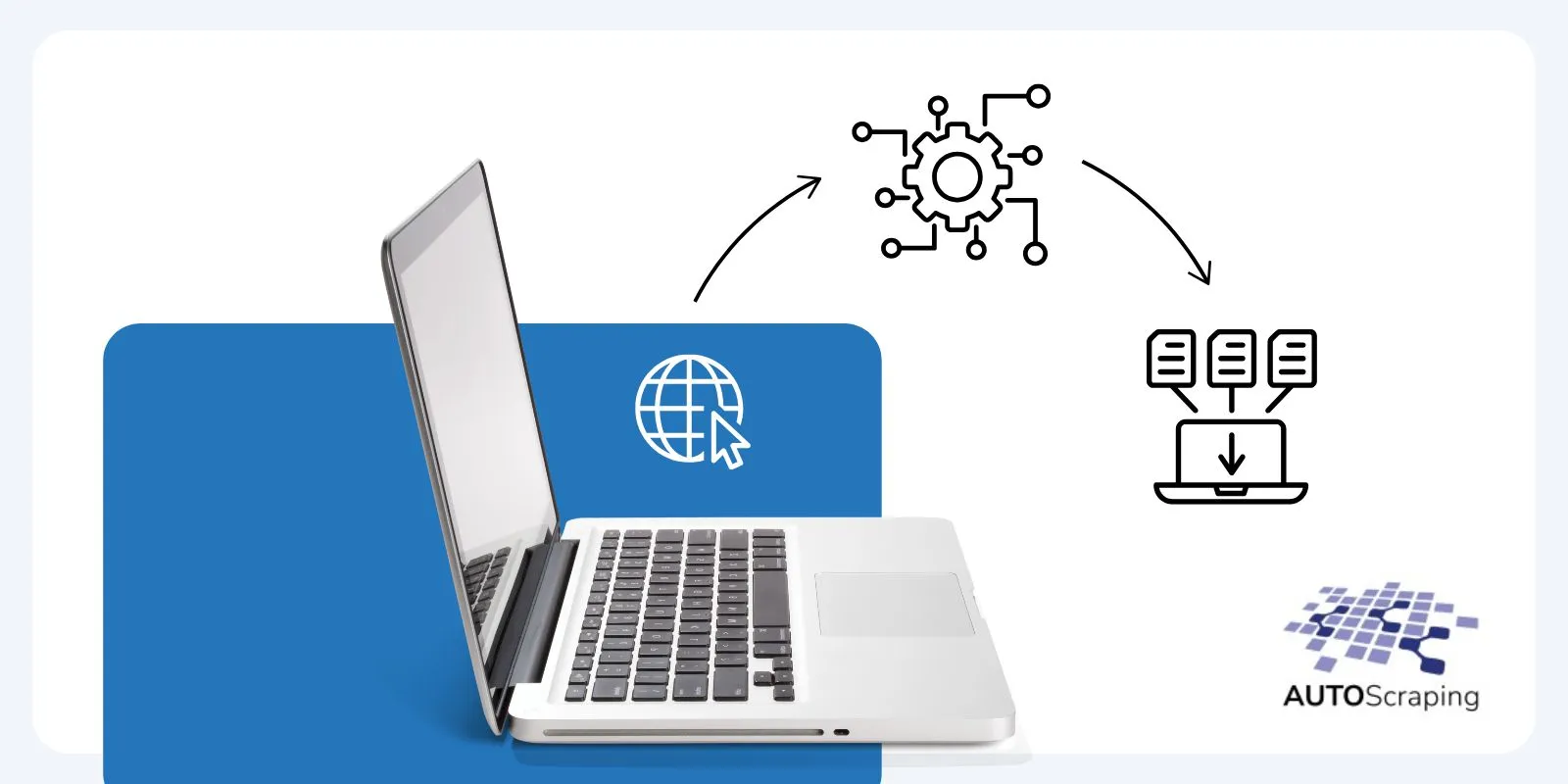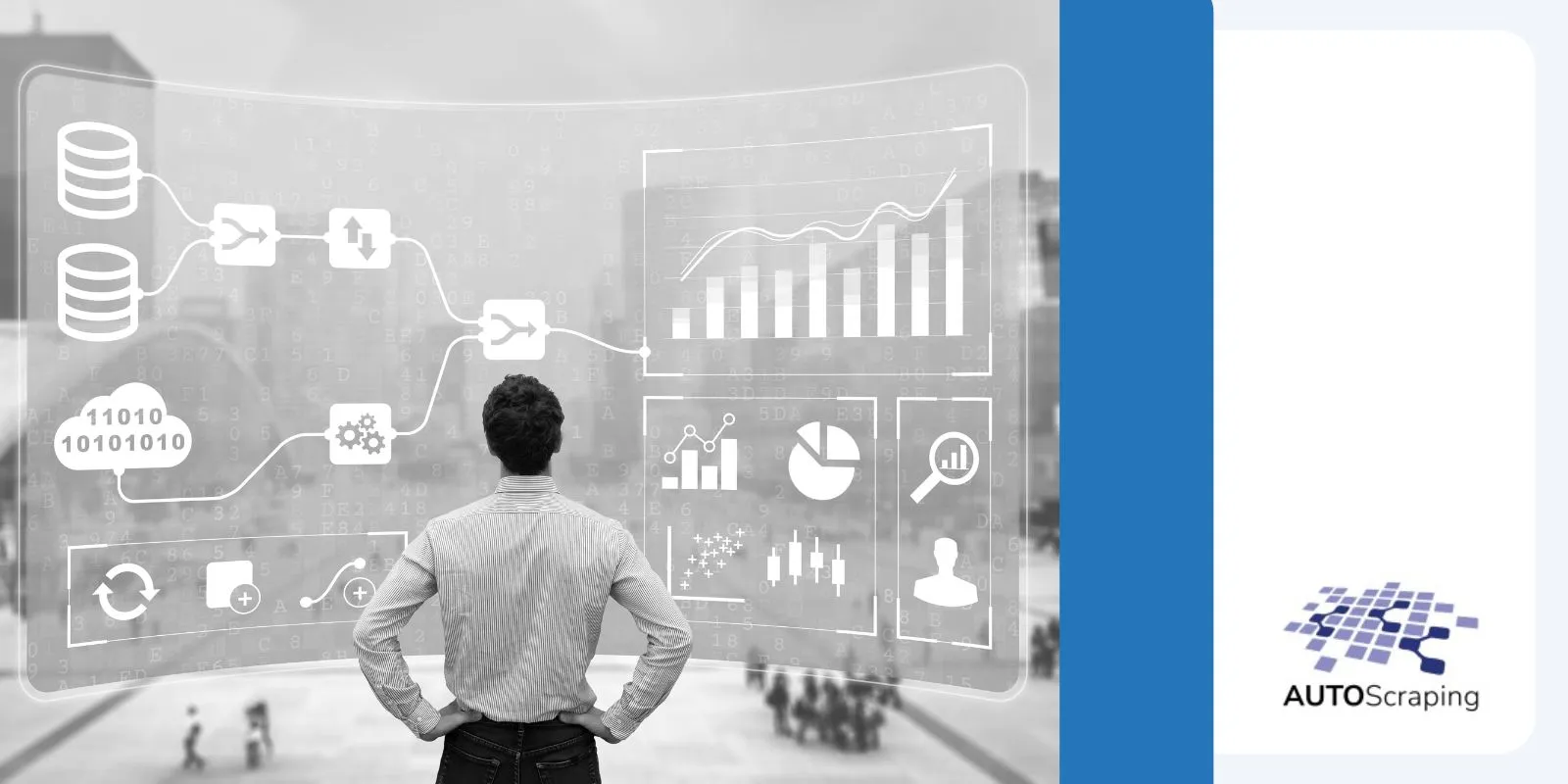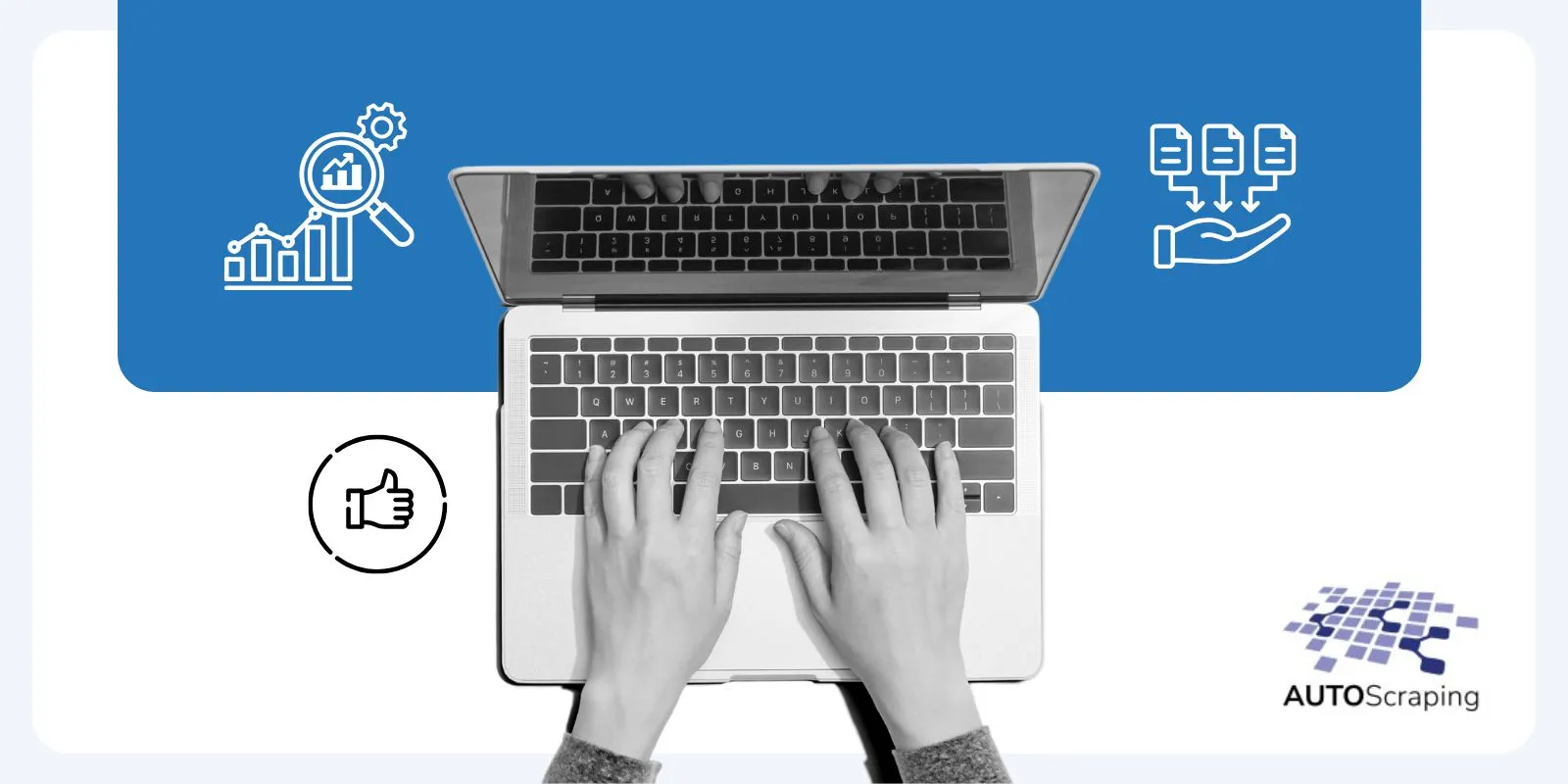Data parsing is a crucial process in web scraping, where information is extracted from websites for various purposes, such as data analysis, market research, and competitive intelligence. At its core, data parsing involves interpreting raw data from a web page and converting it into a structured format that can be easily analyzed and utilized.
This process is essential for transforming unstructured or semi-structured data, like HTML and JSON, into a format that applications can readily manipulate, such as databases or spreadsheets.
How Does Data Parsing Work in Web Scraping?
The data parsing process typically involves several key steps. First, web scraping tools send requests to target web pages to retrieve HTML content. Once the content is fetched, the parsing phase begins, where the tool analyzes the structure of the HTML document. This can involve using libraries such as Beautiful Soup in Python or Cheerio in JavaScript to navigate the Document Object Model (DOM) and extract relevant data.
Parsing often relies on specific patterns, such as CSS selectors or XPath expressions, to identify the data points of interest. After locating the desired information, it can be extracted, cleaned, and transformed into a structured format, making it ready for further processing or storage.

Benefits of Data Parsing for Business Applications
Data parsing offers numerous advantages for businesses. By enabling the extraction of relevant information from diverse online sources, companies can gain insights into market trends, consumer behavior, and competitor strategies. Some key benefits include:
Improved Decision-Making: Access to accurate, real-time data allows businesses to make informed decisions based on current market conditions.
Cost Efficiency: Automating data collection through parsing can significantly reduce the time and resources spent on manual data entry and research.
Enhanced Competitiveness: By staying updated with competitors’ activities and market trends, companies can adapt their strategies and improve their offerings.
Targeted Marketing: Businesses can gather data on customer preferences and demographics, allowing for more personalized marketing campaigns.
Tools Used for Data Parsing in Web Scraping
Several tools and libraries are available for data parsing in web scraping, catering to different programming languages and use cases. Some of the most popular options include:
Beautiful Soup: A Python library that simplifies the process of navigating and extracting data from HTML and XML documents.
Scrapy: An open-source web scraping framework in Python that includes built-in support for data extraction and parsing.
Puppeteer: A Node.js library that provides a high-level API to control headless Chrome, enabling scraping and parsing of dynamic web pages.
Cheerio: A fast, flexible library for jQuery-like parsing of HTML and XML documents in Node.js.
These tools allow developers to customize their parsing strategies based on the specific structure of the target website.
Common Challenges in Data Parsing
While data parsing is essential for effective web scraping, it comes with its challenges. Some common issues include:
Dynamic Content: Websites that load data asynchronously using JavaScript can complicate the parsing process, as traditional scraping techniques may not capture the dynamically loaded content.
Website Structure Changes: Websites frequently update their layouts, which can break parsing scripts and require ongoing maintenance.
Anti-Scraping Measures: Many websites implement measures to detect and block scraping activities, such as CAPTCHAs, IP rate limiting, or bot detection techniques
Data Quality Issues: Extracted data may be incomplete, inconsistent, or contain errors, necessitating additional validation and cleaning processes.

Data Parsing Strategies for Efficient Web Scraping
To overcome the challenges of data parsing, several strategies can be employed:
Regular Expressions: Use regex patterns to extract specific data elements from unstructured text efficiently.
Robust Error Handling: Implement error handling in parsing scripts to manage unexpected changes or issues gracefully.
Headless Browsers: Utilize headless browsers like Puppeteer or Selenium to render JavaScript-heavy pages and ensure all content is accessible for parsing.
Data Validation: Incorporate validation checks to verify the accuracy and completeness of the extracted data.
Scalable Solutions: Design parsing strategies that can scale with increased data volume, such as using cloud services or distributed scraping techniques.
AutoScraping’s Data Parsing Solutions
AutoScraping offers advanced data parsing solutions tailored to meet the needs of businesses looking to leverage web data effectively. Our platform provides:
Customizable Parsing Logic: Users can define specific data extraction rules to suit their unique requirements, ensuring precision and relevance.
Dynamic Content Handling: AutoScraping is equipped to handle websites with dynamic content, ensuring no valuable information is missed.
Data Cleaning and Structuring: Our tools include built-in functionalities to clean and structure extracted data, streamlining the process for end-users.
User-Friendly Interface: With an intuitive interface, AutoScraping allows users to set up and manage scraping tasks without requiring extensive coding knowledge.
By leveraging AutoScraping’s data parsing solutions, businesses can unlock the full potential of web data, driving insights and strategic advantages in an increasingly competitive landscape.
Frequently Asked Questions
What is Data Parsing in Web Scraping?
Parsing in web scraping refers to the process of analyzing and extracting specific data from the raw HTML or JSON content of a web page, converting it into a structured format.
What is meant by data parsing?
Data parsing is the act of taking raw data and organizing it into a more understandable format, often involving the identification of patterns and the extraction of relevant information.
What does parse mean in web?
In the context of the web, «parse» means to analyze the structure of web content (like HTML) and extract meaningful information, transforming it into a format that can be easily used or understood
What’s the difference between scraping and parsing?
Scraping is the overall process of collecting data from websites, while parsing specifically refers to the analysis and extraction of that data from the collected raw content
Do I need to create a Parser for my project?
An in-house Parser that does the parsing process might seem like a need for some companies depending on their goals, but this take can have positive and negative outcomes.
@franciscobattan, a data specialist, commented: «An in-house parser might be required for specific data needs for certain companies, but it can also be an activity that will be time-consuming to make it work correctly.»
For starters, a previously built version available to the user might be the most appropriate choice to start managing and organizing data after the web scraping process to achieve results in the short term, with time if the necessity for a most personalized parser appears, IT teams can start working on creating these assets with more time.
Data is one of the essential assets of today’s society. Parsing is a crucial step in the data analysis process that conforms to the world of data scraping for companies; it is essential to remember that it allows 4.0 industries to be able to read and comprehensively analyze data, giving form to what seems like a see of raw data, «just like transforming coal into a diamond.»

